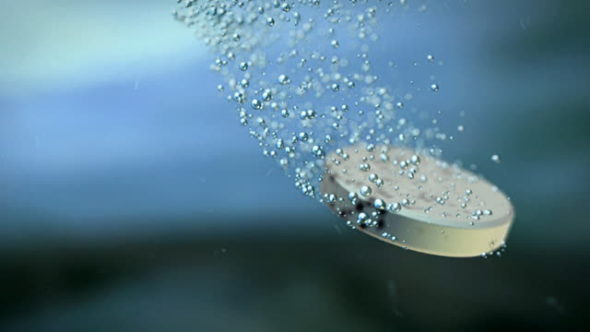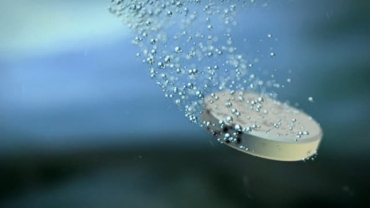Snake venom is a special protein-rich enzyme that is produced by certain snakes in a special organ called the glands. Depending on the snake, the amount of venom injected and the susceptibility of the victim, envenomation can kill people quickly or may take several days.

These are of 3 types:
1. The Hemotoxic Venom-
This venom affects the blood causing inflammation in the body which results in a breakdown of cells or injury to organs. It also destroys red blood cells and prevents the normal clotting of blood which results in heavy bleeding. It is also very painful and results in widespread tissue destruction. Snakes like the Western and Eastern Diamondback, the Cottonmouth, the Water Moccasin, and the Bushmaster are all snakes with powerful hemotoxic venom.
2. The Neurotoxic Venom-
This venom affects the nervous system. It can lead to paralysis and failure in the breathing system and other body functions. These bites can cause suffocation, seizures, and death. from Snakes like Kraits, Green and Black Mambas and Cobras are all venomous snakes with neurotoxic venom.
3. Combined Venom-
Some snakes have both hemotoxic and neurotoxic venoms. These snakes are very dangerous. Some examples are Russell’s Viper, the Black-Necked Spitting Cobra, and the Mojave Rattlesnake.
Treatment of snake venom-
If a snake bites, one should not panic as the blood pressure increases and increases venom circulation into the bloodstream. The two most important tools a snakebite victim should have are a cell phone to call for help and a set of car keys to drive to the hospital. You should not tie a tourniquet around the area of the bite because you may cause more damage to the area by cutting off circulation. You should not try to cut the area and suck out the venom either, as you might damage a vital organ and cause more destruction. Just get help or get to the nearest emergency room.
Symptoms of snake envenomation-
Hemotoxic snakebites may exhibit symptoms of local tissue destruction like swelling at the site of the bite, blood discharge from the wound, fang marks in the skin and pain. Convulsions, fainting, dizziness, weakness also occurs. There might also be blurring of vision and excessive sweating along with fever and thirst.
Neurotoxic snakebites may not have much evidence of local tissue destruction, but other types of symptoms of these snakebites may include muscle incoordination, weakness, numbness, blurred vision, confusion, rapid pulse, nausea, and vomiting.
Prevention of snake bite-
There are many measures that are taken to prevent injury from a snake.
• A snake should not be disturbed and needs to be left alone.
• Many people get bitten when they try to kill a snake.
• Thick leather boots help to keep one safe from snake bites.
• It is advisable to not purposely invade the snake’s territory.
• Keep the yard maintained and clear undergrowth so that snakes will not get a place to hide.
• When hiking, wear boots and long pants, keep pets on a leash and carry a cell phone.
How to recognize if a snake is poisonous?
Snake identification may be very difficult, especially after you have just been bitten. If you haven’t been bitten yet, you should put as much distance between you and the snake and NOT try to get close to identify it.
The pit vipers (like rattlesnakes and other hemotoxic snake species) often will have the following characteristics –
• A triangular or arrow-shaped head
• A vertical pupil
• Heat-sensing pits or depressions on their face
• Dried keratin “rattles” on the tips of their tail
Do’s for snake bite
• Don’t panic (there is a chance that it is a “dry bite” or the snake is non-venomous.
• Remove shoes, jewelry and tight clothing from bitten area.
• Wash the bite site with warm water to remove excess venom.
• The victim should be transported to a hospital for immediate medical help.
Don’ts for snake bite
• The victim should not be given anything to eat unless prescribed by the doctor.
• Sucking out the venom snake might be dangerous so it should always be avoided.
• Do not try to capture the snake; it may bring in unnecessary trouble.
• Do not put water or ice on the bite.
• Do not drink alcohol as a pain reliever.
• Do not stash the wound with a knife.
• Do not apply a tight bandage.
• Do not delay medical attention.

